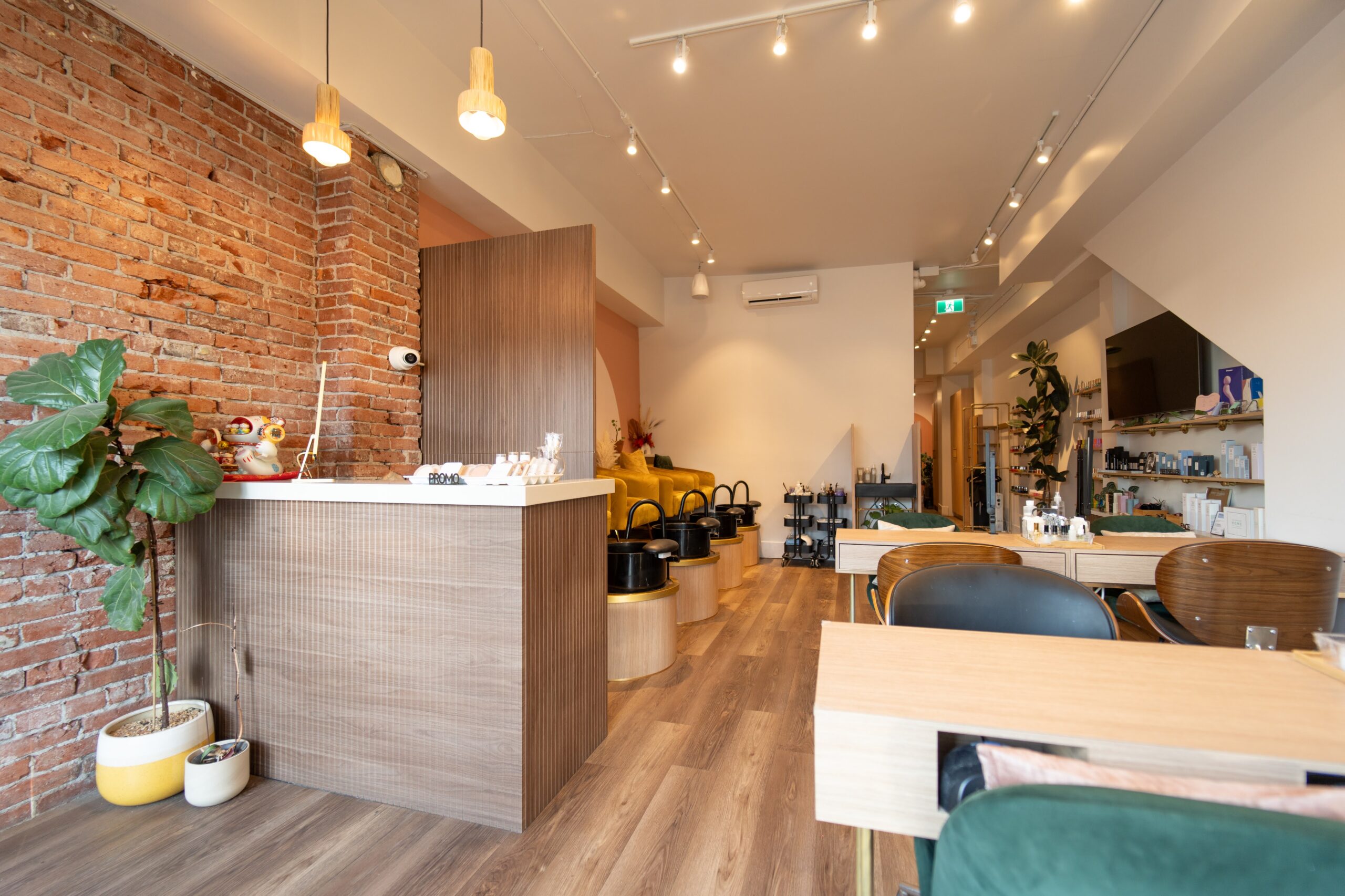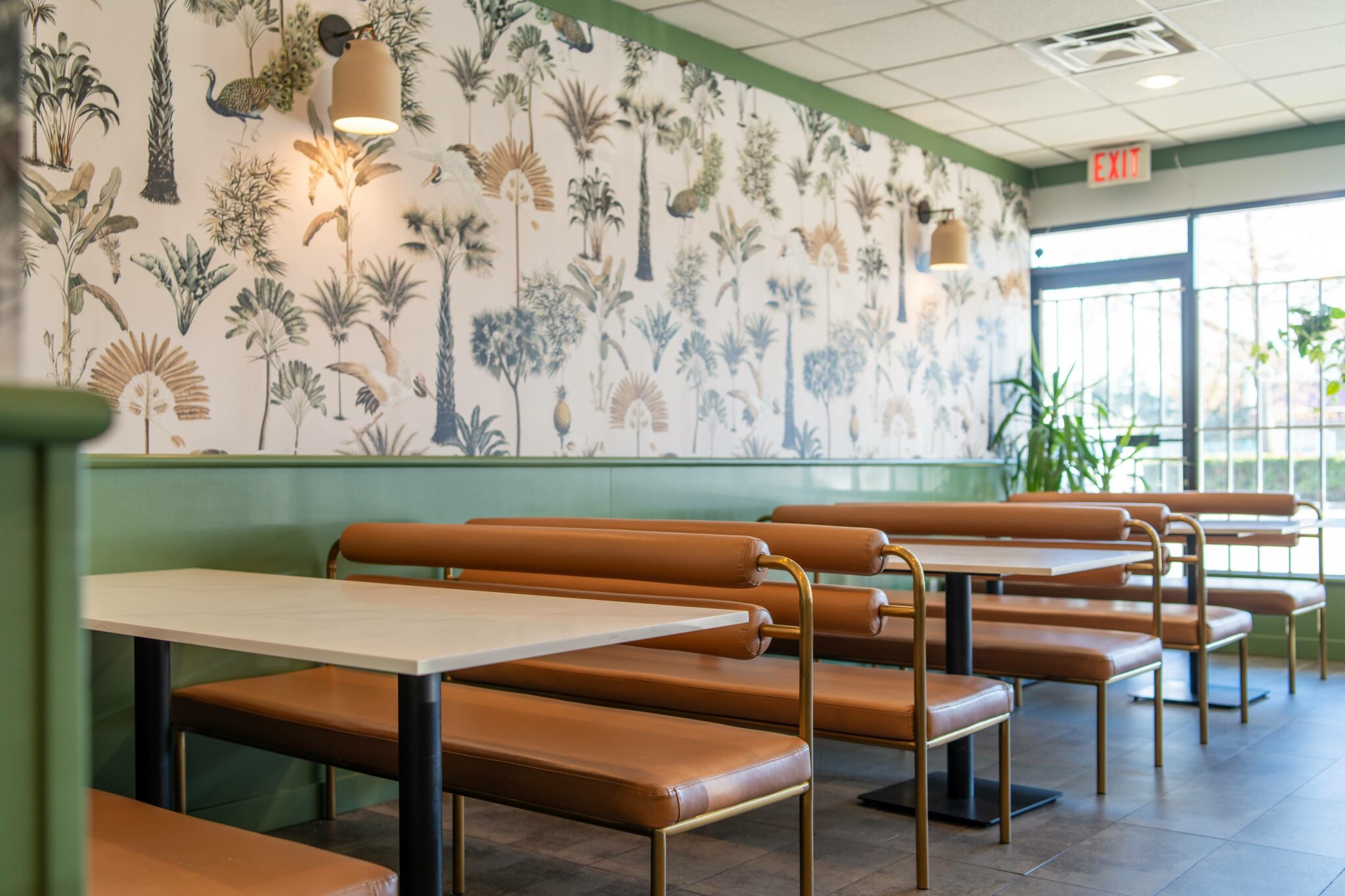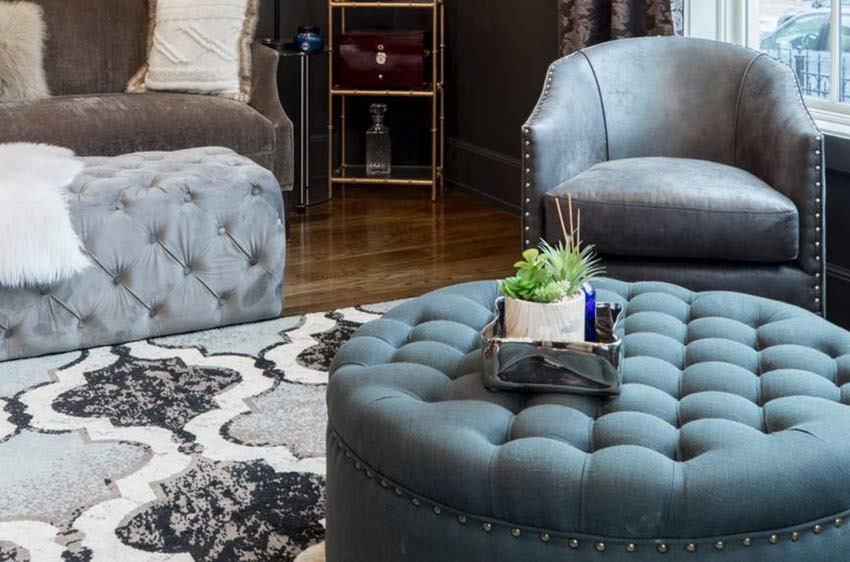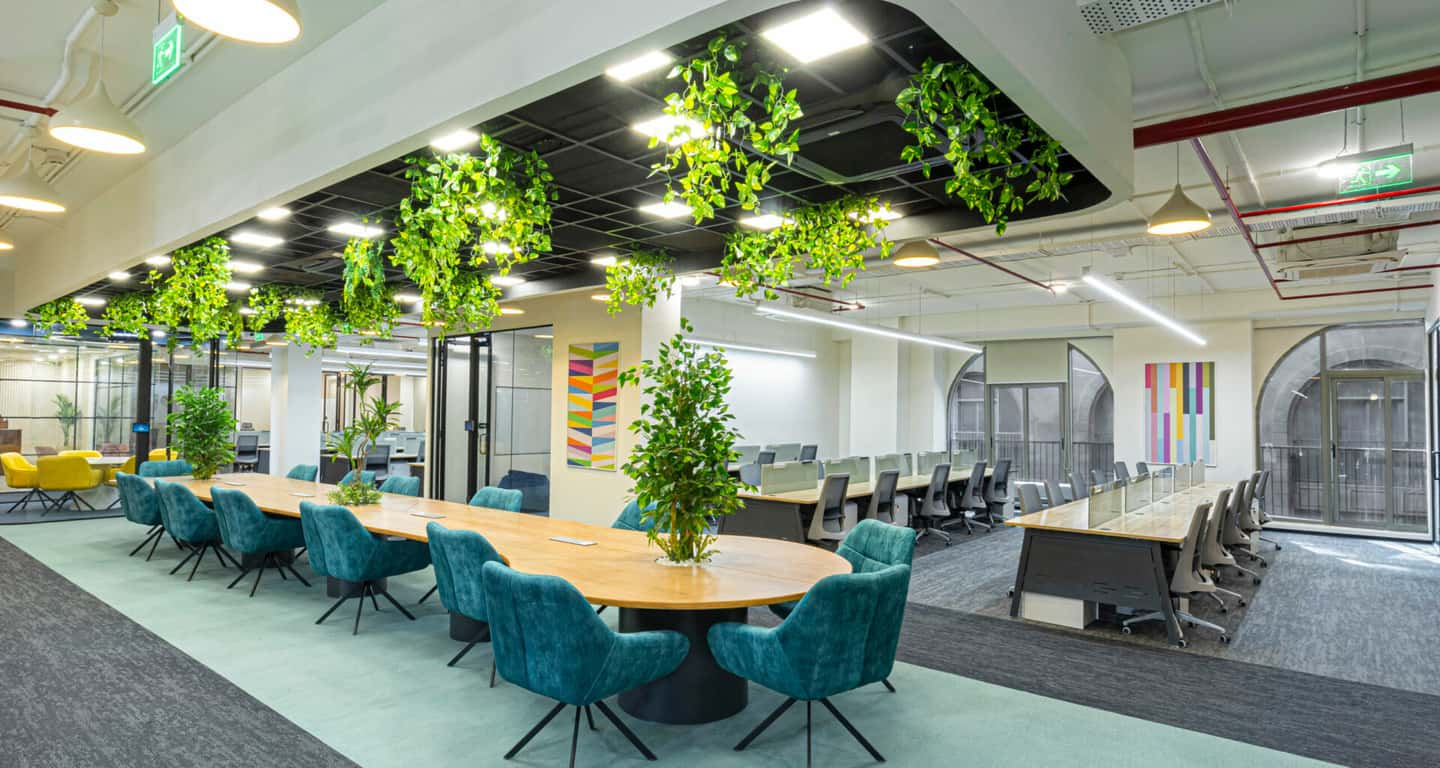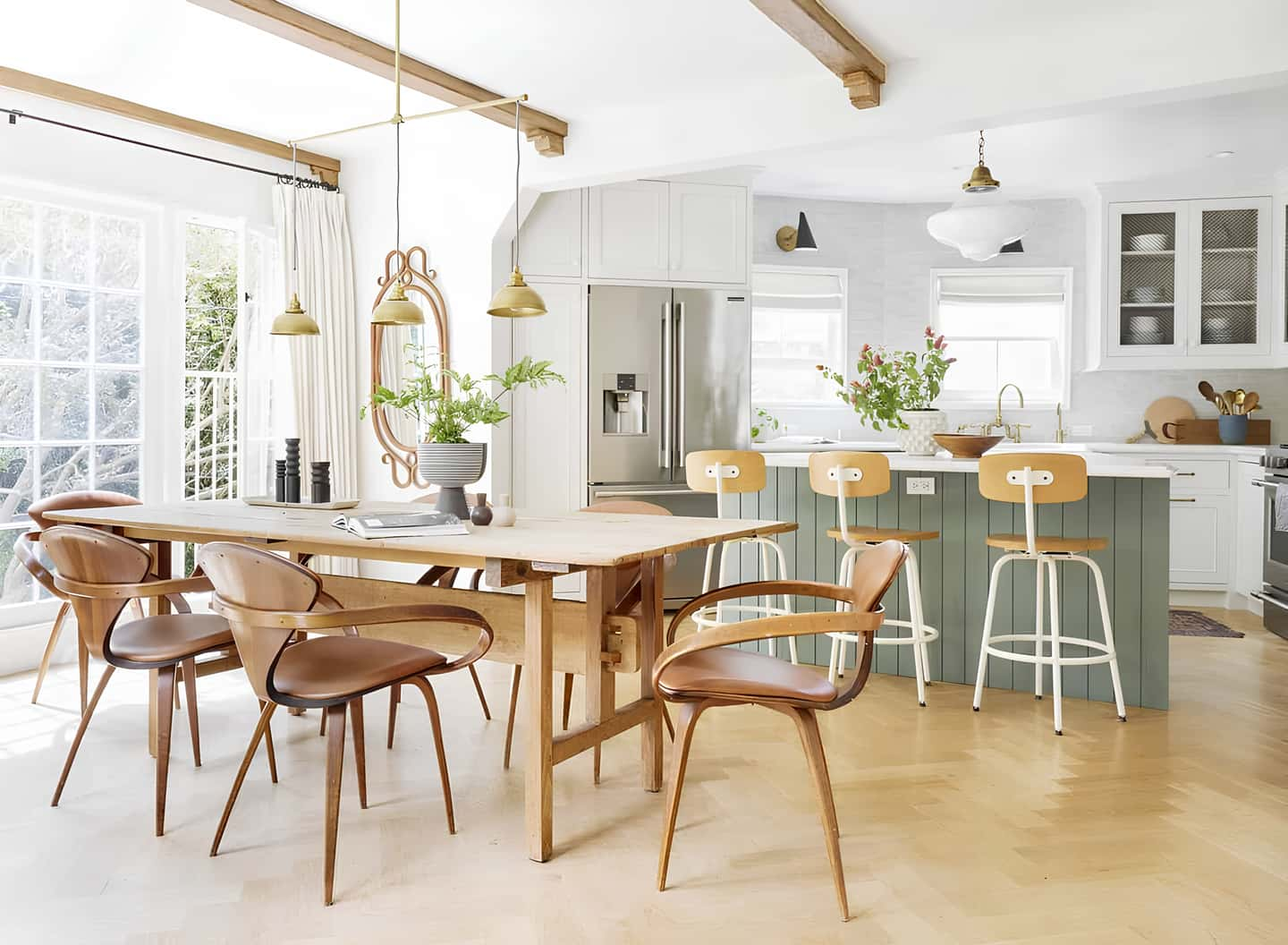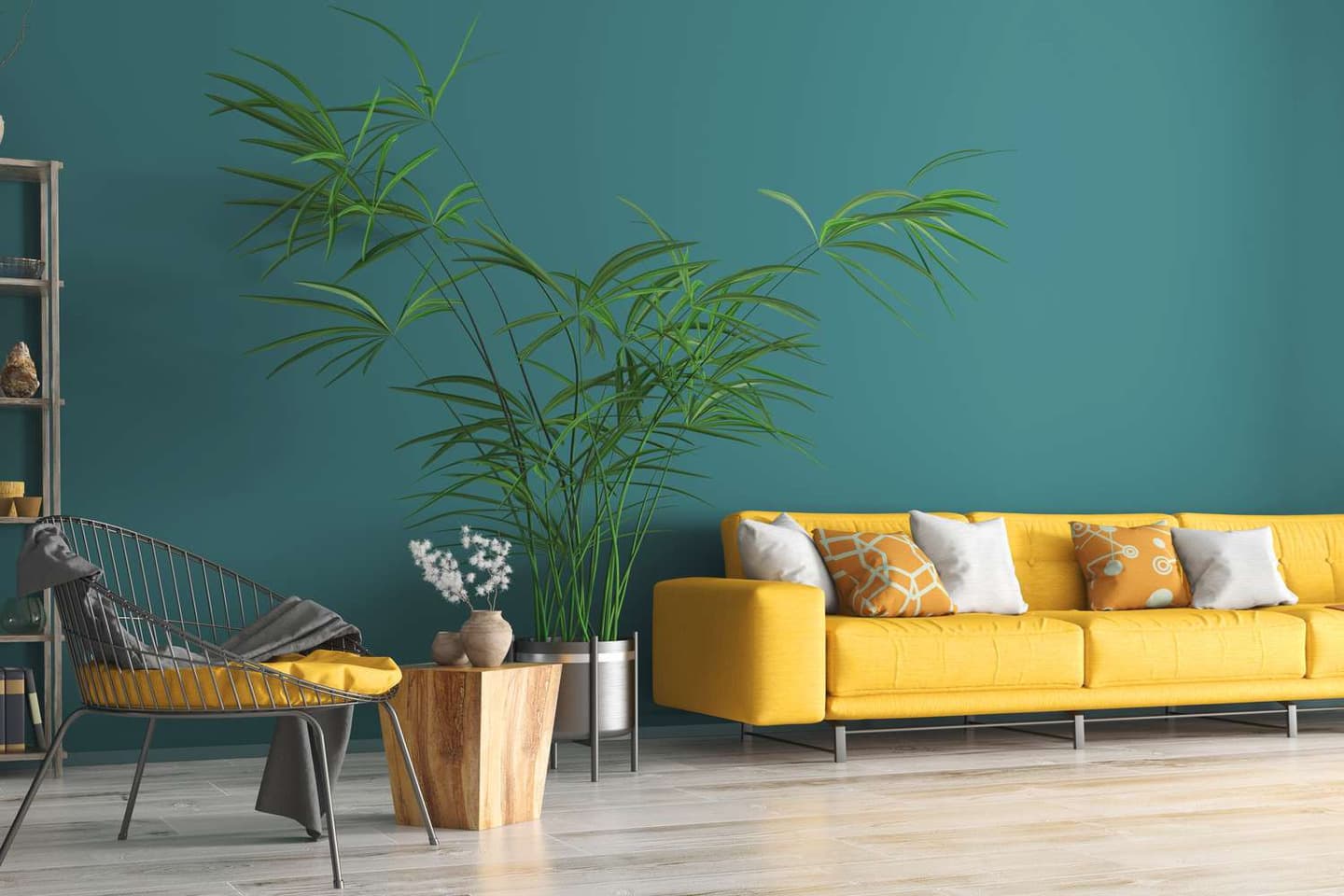As an interior design professional with years of experience, I understand the significance of selecting the correct school or program to launch your career. With so many possibilities, deciding on the best interior design education might be difficult. In this comprehensive guide, I’ll walk you through the most important elements to consider when choosing an interior design school or program, helping you make an informed decision that corresponds with your objectives and desires.
Accreditation is important
Accreditation is one of the first criteria to consider while considering interior design schools. it assures that the program adheres to the high requirements established by professional organizations such as the Council for Interior Design Accreditation (CIDA) and the National Association of Schools of Art and Design. Graduating from an authorized school can provide you a competitive advantage in the job market and may even be required for future professional certifications.
When I began looking into interior design degrees, I made sure to favor accredited colleges. It provided me peace of mind knowing that the curriculum would include all of the necessary skills and information to excel in the field. Furthermore, many organizations favor applicants from approved schools, which can lead to further work prospects following graduation.

Curriculum & Specializations
Another important element to examine is the program’s curriculum and specializations. Look for a well-rounded program that covers the principles of interior design, including design theory, space planning, color theory, and computer-aided design. A quality program should also provide opportunity to pursue a variety of specializations, such as home design, commercial design, sustainable design, and healthcare design.
When I was in school, I relished the opportunity to take elective classes in topics that attracted my interest. It helped me discover my interest for sustainable design, which eventually influenced the course of my work. Don’t be hesitant to try new specializations; you never know what will spark your creativity and motivation.
Hands-on experience and internships
In the field of interior design, hands-on experience is vital. Look for programs that provide numerous possibilities for hands-on projects, internships, and partnerships with industry leaders. These experiences will not only help you construct a solid portfolio, but will also give you a sense of what it is like to work in the industry.
During my time in school, I had the opportunity to work on a design project for a local non-profit. It was a hard but rewarding position that taught me how to communicate with clients, manage finances, and bring ideas to fruition. When I graduated, that project became the focal point of my portfolio, helping me secure my first job at a famous design firm.
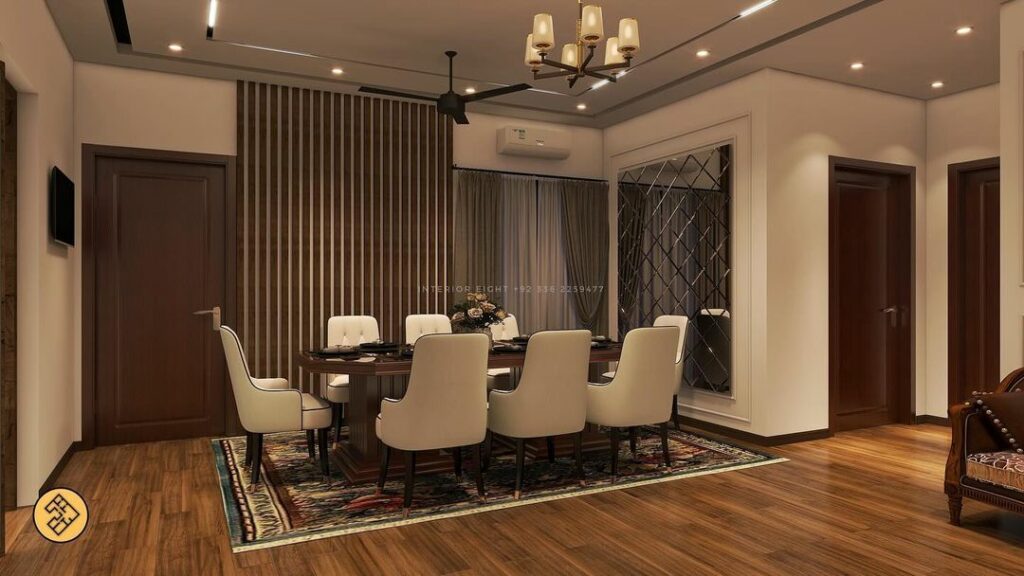
Faculty & Resources
The quality of teachers and resources available at an interior design school can have a significant impact on your education. Look for programs with experienced, qualified instructors who are involved in the field. They can provide useful insights, guidance, and networking opportunities to help you advance your career.
Consider the school’s resources, such as cutting-edge computer labs, fully equipped studios, and access to industry-standard software. These materials will assist you in developing the technical skills required to flourish in today’s digitally driven design environment.
Location and Community
Finally, don’t overlook the significance of location and community while selecting an interior design school. Consider whether you’d want to study in a big metropolis with a thriving design environment or a small town with a close community. Consider the networking, internship, and career opportunities available in the area.
When considering between schools, I eventually chose one in a city recognized for its thriving design scene. Being surrounded by creative experts and having access to design events, workshops, and galleries was really motivating and aided my development as a designer.
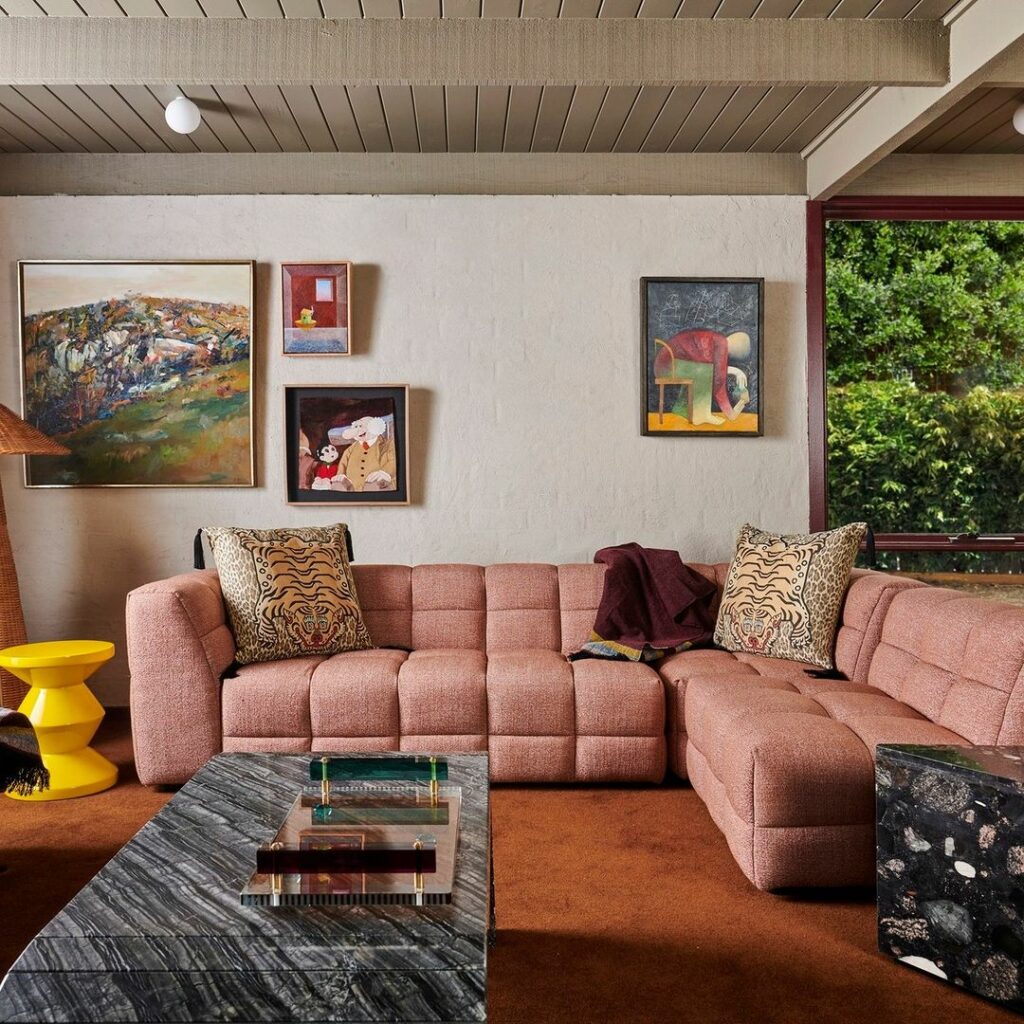
Making Your Decision.
Choosing the proper interior design school or program is a personal decision that must be carefully considered in light of your goals, learning style, and professional objectives. Take the time to explore your alternatives, visit campuses (if possible), and speak with current students and graduates to get a sense of each program.
Remember that your interior design education is an investment in the future. By selecting a curriculum that corresponds with your interests and provides the necessary skills, experience, and network, you’ll be well on your way to a rewarding career in this vibrant and creative sector.

I am a design enthusiast that loves writing about the latest trends and style when it comes to commercial and residential interior design. I also love architecture and buildings.

